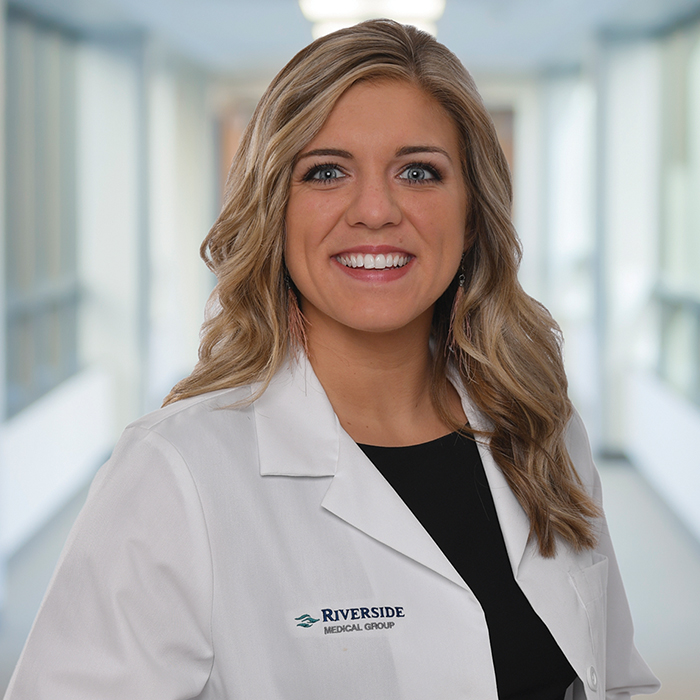Protecting Your Bones and Joints During the Busy Summer Months
July 22, 2025
Categories: Orthopedics
Tags: Orthopedics
Summer is a season of movement—hiking trails, family vacations, beach volleyball, and yard work are all part of the fun. But, with that increased activity comes added stress on your bones and joints, especially if you’re not taking the proper precautions.

Whether you're chasing after kids, tackling home improvement projects, or squeezing in extra workouts, it’s important to stay mindful of how your body moves. Here, Carly Kaminke, orthopedic physician assistant with Riverside Healthcare, discusses simple, effective ways to protect your musculoskeletal health so you can enjoy everything summer has to offer—without the aches and injuries.
Activities that Increase the Risk of Injury
With the rise of the pickleball craze, Kaminke has witnessed an increase in injuries related to the sport. She recommends warming up the entire body—including arms, shoulders, wrists, and elbows—before playing. She also stresses the importance of proper technique to avoid overusing the upper extremities and advises beginners to ease into the sport gradually rather than overexerting themselves.
Another injury risk is working with house or yard projects. Kaminke offers key tips: “When lifting heavy bags of mulch or furniture, the key is to use your legs, not your back and shoulders. Keep items close to your body, bend at the knees, avoid twisting while you lift. Lastly, if it looks too heavy, it probably is. So, call a friend, use a dolly, or maybe even bribe a teenager with pizza.”
Using lawn and garden equipment can be risky if proper precautions aren’t taken. The best advice: slow down and don’t rush the job. Always read the equipment manual, wear protective gear like safety glasses, gloves, and sturdy shoes, and ensure tools are in good working condition. Avoid using outdated or poorly maintained equipment, and never attempt to clear a jam while the machine is running or plugged in. “I can't tell you how many times we've seen parts of fingers because people try to do that,” cautions Kaminke.
When Is It Time to See an Orthopedic Professional?
Increased summer activity can lead to soreness, but it’s important to distinguish normal muscle aches from potential injuries. Typical soreness feels achy or tight, often like a bruise, and improves with rest, stretching, ice or heat, and over-the-counter pain relievers. However, if the pain is sharp or stabbing, accompanied by swelling or numbness, or just feels "off," it may be a sign of a more serious issue and should be evaluated by a medical professional.
“Stick by this motto. If it's dull and achy soreness that eases with rest, you can wait it out. If it's sharp, swollen, and makes you wince each time you move, it's probably time to go see a pro,” notes Kaminke.
Treatment Options
If you experience an arm or shoulder injury, Riverside Orthopedic Specialists can help by diagnosing the issue—whether it’s a strain, tear, or something more serious—using appropriate imaging. These professionals will develop a personalized treatment plan that may include medication, physical therapy, or injections to help you safely return to your activities and sports.
“Our goal is always to get you back moving, get you back to what you love without making things worse,” shares Kaminke. “Listen to your body. Don't wait too long to get things checked out. Sometimes, a fracture or tear can become much harder to repair at a later time than if we saw you a bit sooner.”
For more information about orthopedics at Riverside click here.